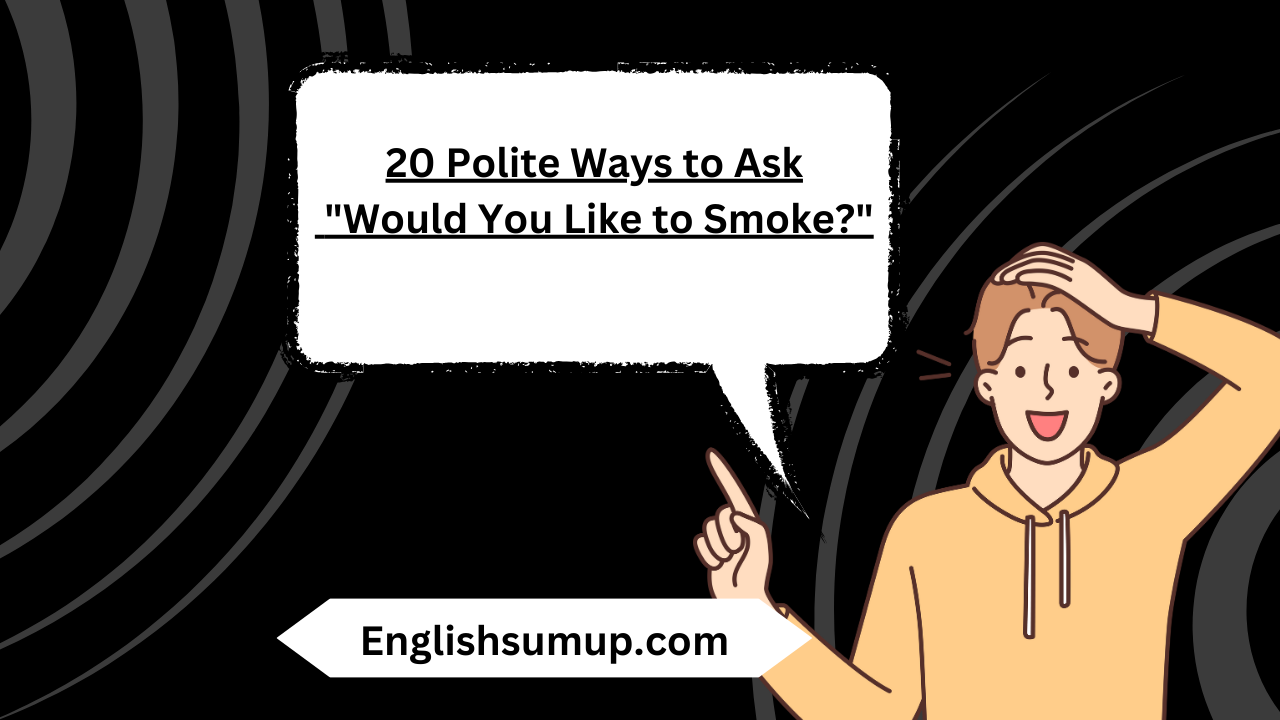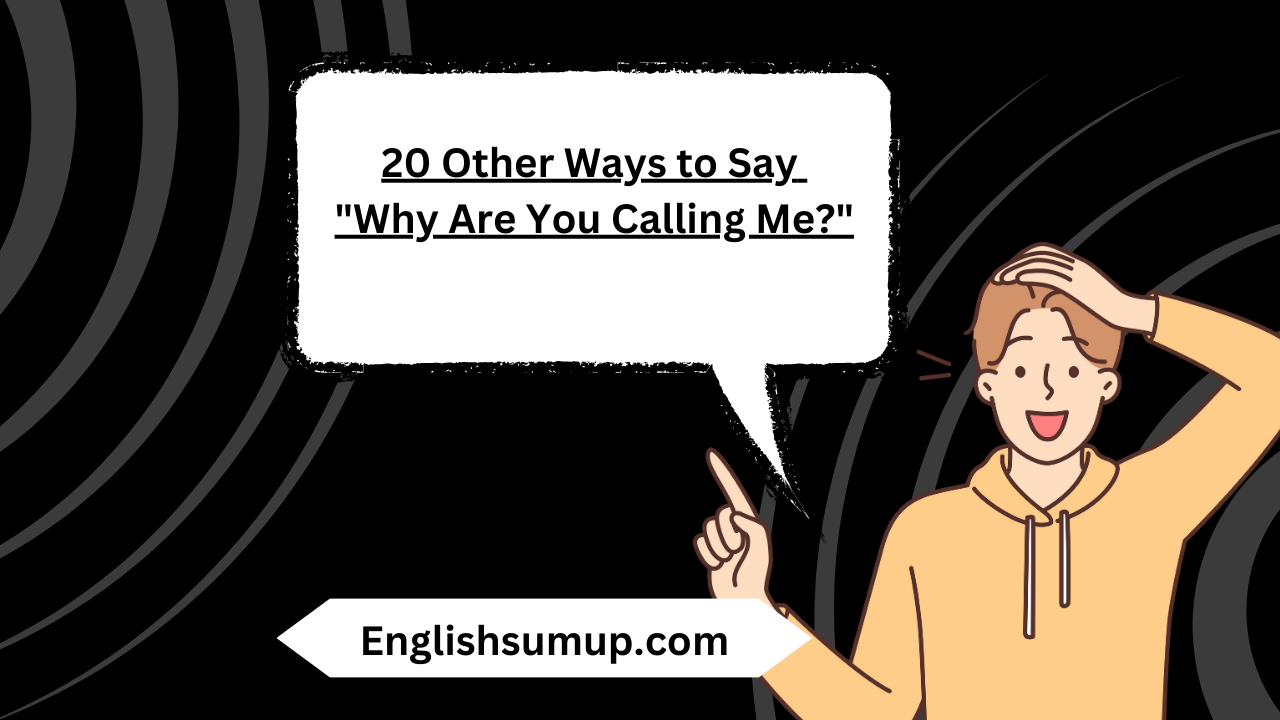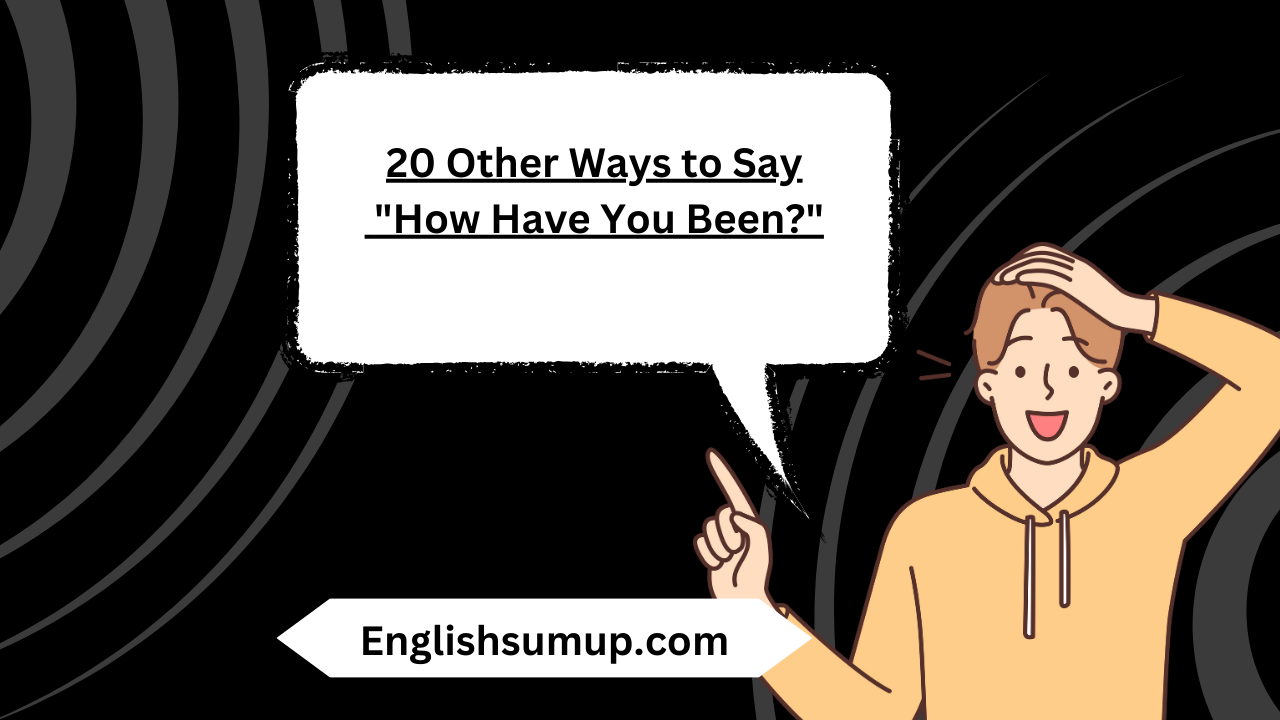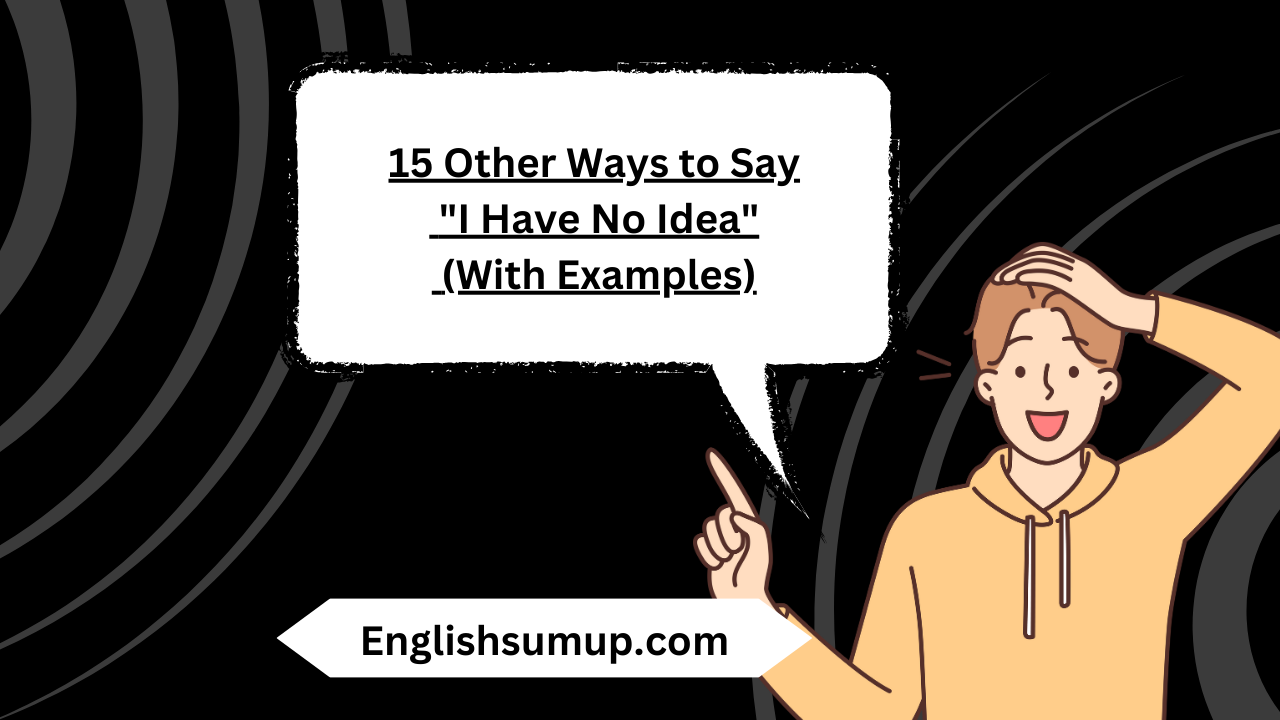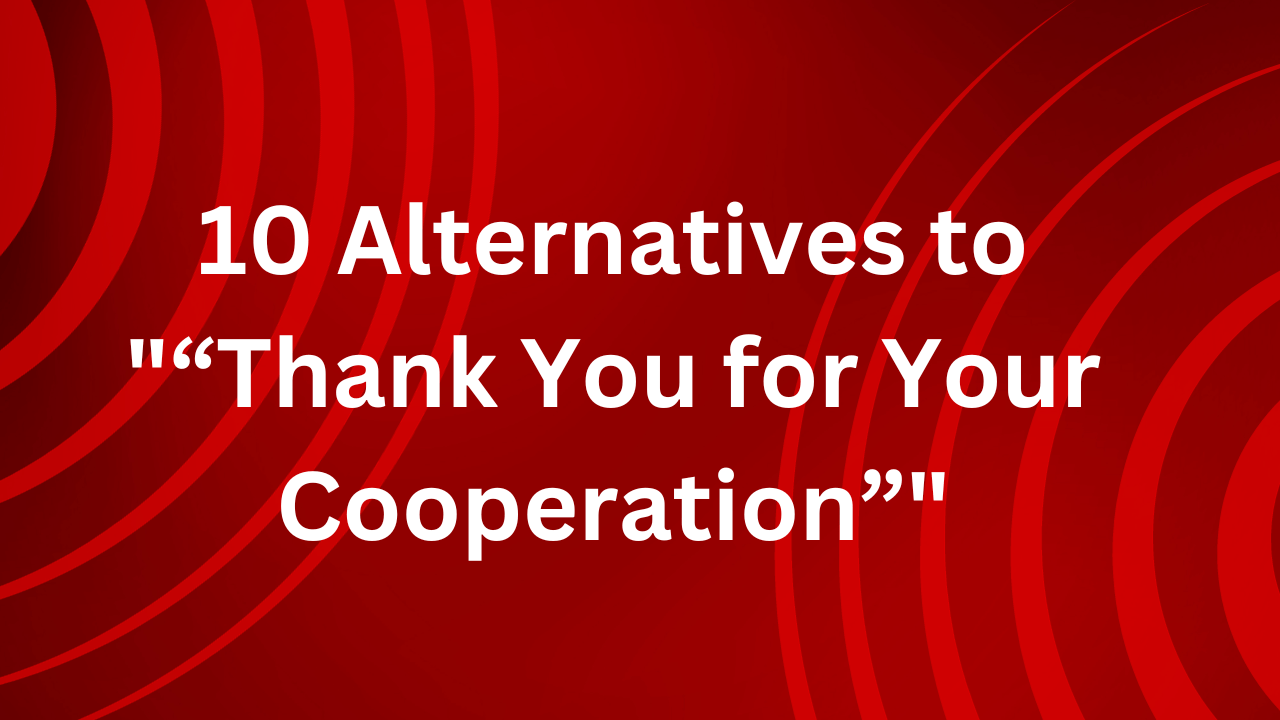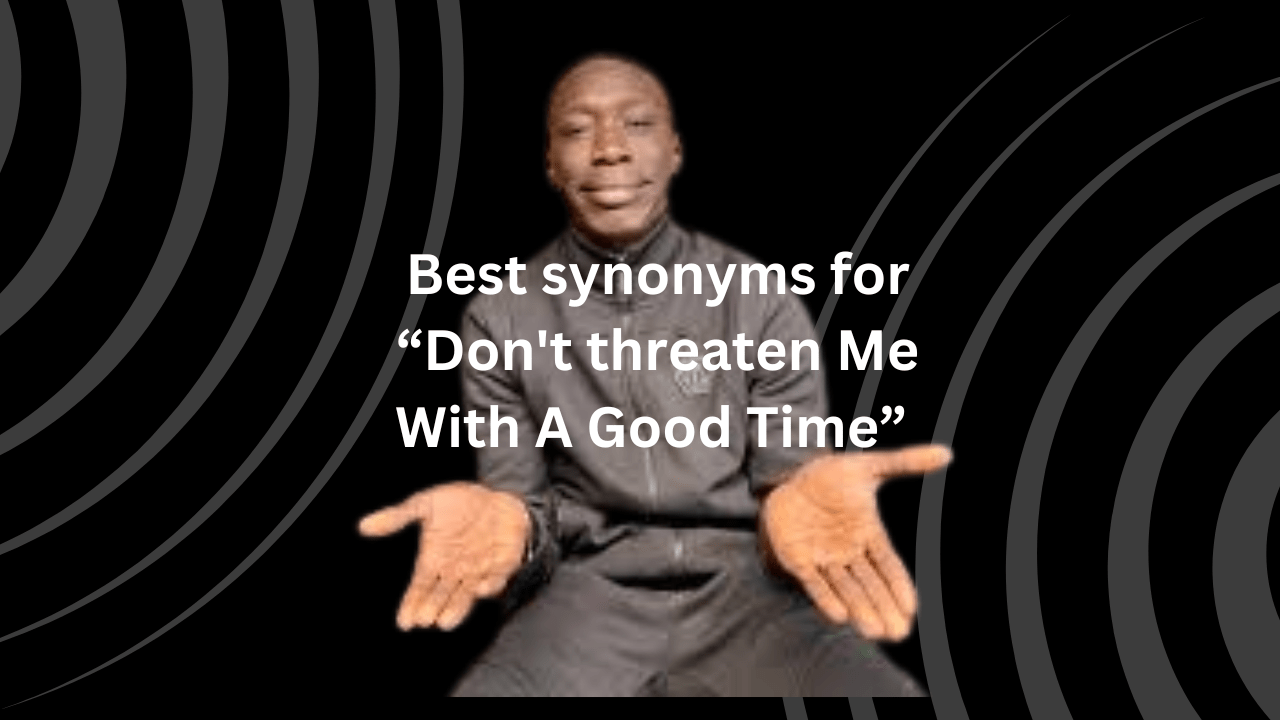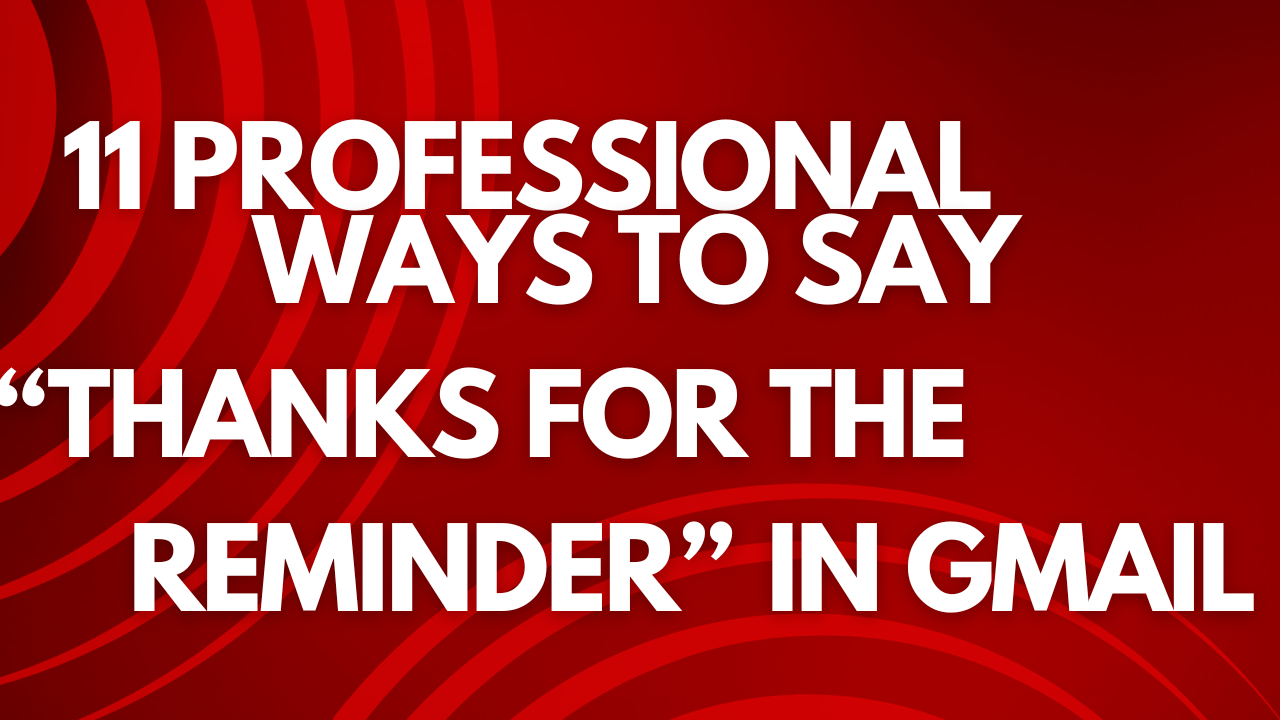Smoking, whether it involves traditional cigarettes, cigars, or e-cigarettes, is a personal choice that some people enjoy as a social activity. Asking someone, “Would you like to smoke?” can be a delicate matter, especially in social settings. It’s important to be polite and considerate of others’ preferences and boundaries. Below are 20 polite ways to ask someone, “Would you like to smoke?” along with explanations for each synonym to ensure clarity and understanding.
Here Are Polite Ways to Ask “Would You Like to Smoke?”
- Care to join me for a smoke?
- Would you like to step outside for a cigarette?
- Fancy a cigarette break?
- Up for a quick smoke?
- Do you want to have a smoke with me?
- Would you be interested in a cigarette?
- How about a smoke break?
- Care for a cigarette?
- Would you like to join me for a smoking session?
- Feel like having a smoke?
- Interested in stepping out for a cigarette?
- Want to grab a smoke together?
- How about a quick smoke?
- Up for sharing a cigarette?
- Would you like to smoke with me?
- Can I interest you in a cigarette?
- Do you want to join me for a cigarette break?
- Fancy stepping outside for a smoke?
- Would you care for a smoke?
- How about we go for a cigarette?
“Care to join me for a smoke?”
This phrase is a gentle invitation, suggesting a shared experience rather than a direct question. Using “care to” softens the approach, making it seem less intrusive and more like a casual, friendly suggestion. It’s a subtle way of asking, “Would you like to smoke?” that feels inclusive and considerate.
“Would you like to step outside for a cigarette?”
This question is straightforward and also informs the person that the activity will be outside, respecting indoor no-smoking policies. It directly addresses the question, “Would you like to smoke?” while providing additional context about where the smoking will take place, which can make the invitation clearer and more respectful of the environment.
“Fancy a cigarette break?”
Using the word “fancy” adds a touch of casual friendliness to the invitation. It’s a more relaxed way of asking, “Would you like to smoke?” that implies it’s perfectly fine if the person declines. This approach is less formal and can create a sense of camaraderie.
You may love this one: 20 Other Ways to Say “Why Are You Calling Me?”
“Up for a quick smoke?”
This implies a brief and casual smoking session, making it less of a commitment. It’s an easy-going way of saying, “Would you like to smoke?” that suggests the activity won’t take much time, which can be appealing for those who might be on a tight schedule.
“Do you want to have a smoke with me?”
A direct yet polite way to ask, emphasizing the shared aspect of the activity. This question clearly addresses, “Would you like to smoke?” and highlights the social nature of the invitation, making it feel more like a mutual activity.
“Would you be interested in a cigarette?”
This phrasing is slightly formal and shows respect for the other person’s choice. By asking, “Would you like to smoke?” in this manner, you’re expressing consideration for their preferences and making it easy for them to decline if they wish.
“How about a smoke break?”
Suggests taking a break together, which can be appealing in a work or social context. This approach subtly asks, “Would you like to smoke?” while framing it as a natural part of taking a break, making the invitation seem more casual and relaxed.
“Care for a cigarette?”
A concise and polite way to offer a cigarette. This question directly addresses, “Would you like to smoke?” in a straightforward manner, yet remains courteous and easy to decline.
“Would you like to join me for a smoking session?”
More formal, indicating that it’s a planned activity. This phrasing makes it clear that you’re inviting them to a specific event, effectively asking, “Would you like to smoke?” in a way that sounds thoughtful and well-organized.
“Feel like having a smoke?”
Casual and implies it’s okay if the person declines. This question gently asks, “Would you like to smoke?” in a way that feels non-pressuring and easy-going, making it simple for the person to accept or refuse.
“Interested in stepping out for a cigarette?”
Combines an invitation with the information that the smoking will be done outside. This approach not only asks, “Would you like to smoke?” but also clarifies the setting, making the invitation clear and considerate.
“Want to grab a smoke together?”
Informal and friendly, suggesting a mutual break. This question asks, “Would you like to smoke?” in a way that emphasizes the shared nature of the activity, fostering a sense of companionship.
“How about a quick smoke?”
Emphasizes the brevity of the activity, making it seem like a light commitment. This is a succinct way of asking, “Would you like to smoke?” that assures the person it won’t take much time.
“Up for sharing a cigarette?”
Suggests a more communal activity, appealing to those who enjoy social smoking. This question subtly asks, “Would you like to smoke?” while highlighting the social aspect, making it feel like a bonding experience.
“Would you like to smoke with me?”
Direct and straightforward, yet polite. This approach clearly asks, “Would you like to smoke?” in a way that is respectful and easy to understand.
“Can I interest you in a cigarette?”
Formal and respectful, implying the person’s choice is important. This phrasing asks, “Would you like to smoke?” while showing that you value their decision and comfort.
“Do you want to join me for a cigarette break?”
Combines the idea of a break with the activity, making it more appealing in certain contexts. This question effectively asks, “Would you like to smoke?” by framing it as a natural part of taking a break together.
“Fancy stepping outside for a smoke?”
Casual and friendly, inviting the person to leave the indoor setting. This is a light-hearted way of asking, “Would you like to smoke?” while also indicating the location, making the invitation clear and friendly.
“Would you care for a smoke?”
Polite and somewhat formal, showing deference to the other person’s preference. This question asks, “Would you like to smoke?” in a manner that respects their choice and makes it easy for them to decline.
“How about we go for a cigarette?”
Suggests a shared activity, making it a more inclusive invitation. This phrasing asks, “Would you like to smoke?” in a way that emphasizes doing the activity together, fostering a sense of inclusion and mutual enjoyment.
Conclusion
When inviting someone to join you for a smoke, it’s crucial to be respectful and considerate. Different contexts and relationships may call for different levels of formality, but politeness should always be maintained. By using these synonyms, you can ensure that your invitation is received well and respects the preferences and comfort of those around you. Whether you choose a formal or casual approach, the key is to remain courteous and sensitive to the situation.




